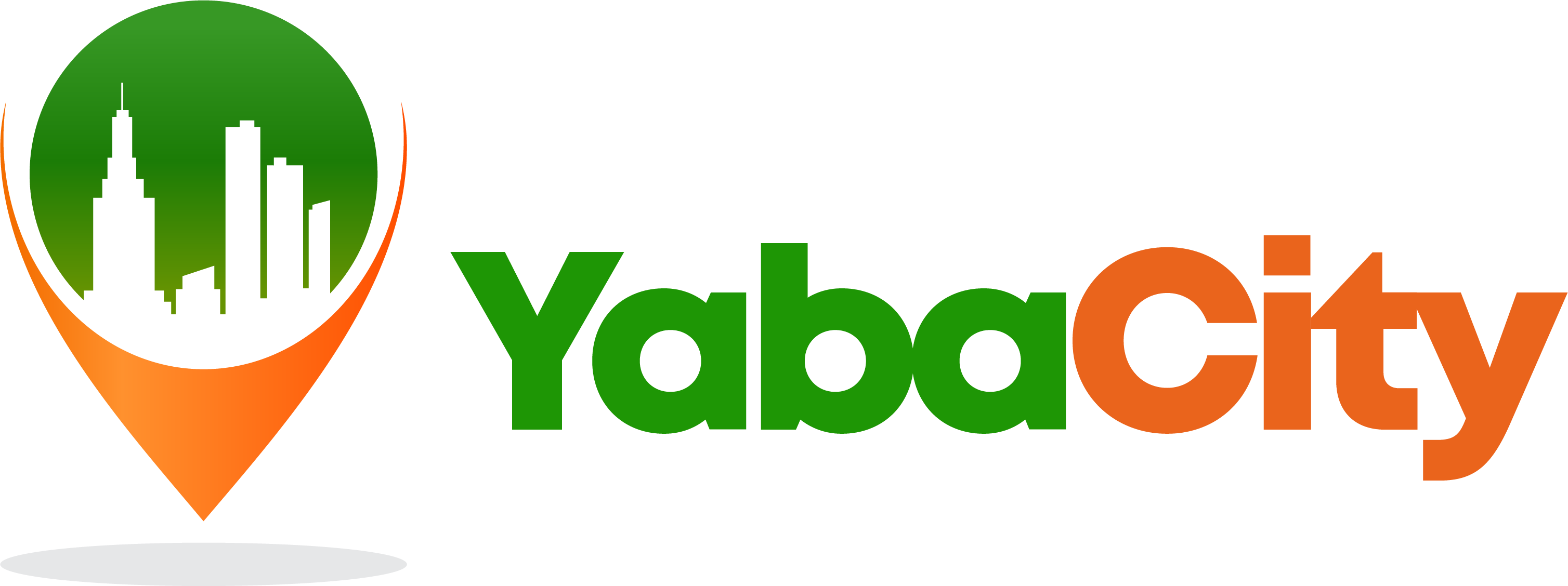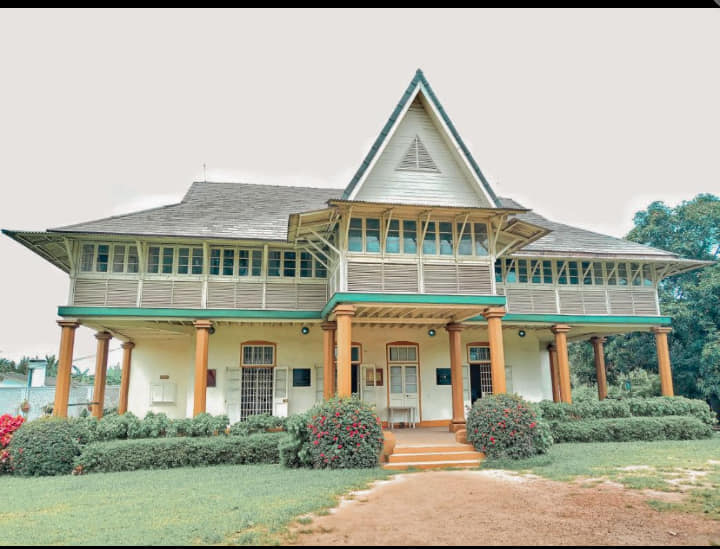Nigerian historians recall that Lagos was named Lago De Curamo by Sequeira, a Moorish Portuguese sailor who came to Lagos in 1472 with a ship load of Moorish refugees. The area was owned by the King of Benin who had provided a refuge to the homeless Moorish Portuguese to settle under his protection. It is said that they renamed the area around the city Lagos meaning lakes. The British attacked Lagos in 1851, annexed it 1861 and in 1862 made it a colony but alas, no European style buildings were found in the area.
The influx of Brazilian returnee slaves from Bahia and Havana, Cuba (who were called Amaros) and the Saros from Sierra Leone brought in the Portuguese colonial architecture predominantly in the Lagos Island area, Ebute Metta and Yaba.
The returnee slaves were original descendants of the Yoruba of western and central Nigeria. Other Nigerian groups such as Efik, Igbos, Hausa and Nupe constituted the Sierra Leonean Creole population. They mostly resided in the Lagos Colony populating Yaba, Ebute Metta and Lagos Island, whilst others resided in Abeokuta and Ibadan.
The Afro-Brazilian paid special attention to the construction of their houses with a distinct style of doorways which exhibits their wealth. The doorways showed skills that were learnt during their stay in Bahia, a classic example is that of 22, Jones Street at Ebute Metta constructed in the early 1930s. These houses were mostly one-storeyed and could compare in grandeur with the likes of the Doherty Villa and the Lumpkin House on Lagos Island.
Kaduna Lodge which is now called the Oluwole House is another example of an exquisitly designed building which can compare to compare to other buildings in British colonies like Ghana, Sierra Leone and the former Portuguese colonies of Cape Verde, Angola and so on.
(@thefacadenigeria)


